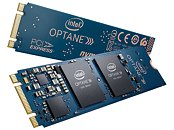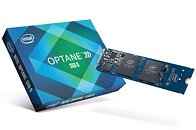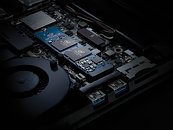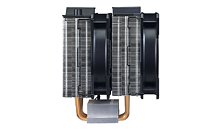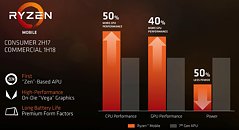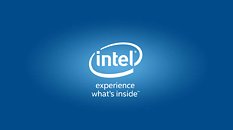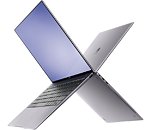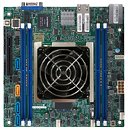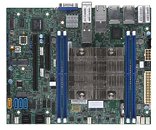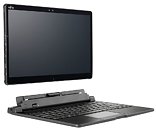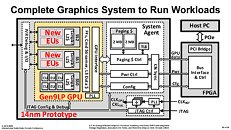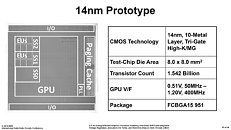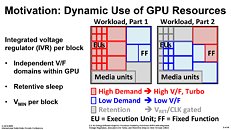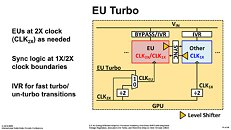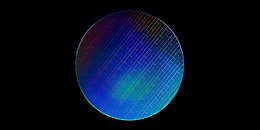
China's Tsinghua Unigroup to Manufacture 3D NAND Flash for Intel
In a bid to ensure sufficient supply of NAND flash memory to meet the growing demands of not just PC, but also smartphone markets, China's Tsinghua Unigroup and Intel are in talks to license-manufacture 64-layer 3D NAND flash, based on existing IMFlash Technologies designs. IMFlash is a joint-venture between Intel and Micron Technology. Tsinghua Unigroup is one of the biggest beneficiaries of the Chinese Government's ambitious plan to invest RMB 1 trillion (USD $158 billion) over the next five years, to increase China's semiconductor self-sufficiency to 70 percent, by 2025.
The move will significantly increase supply of NAND flash memory, and is seen as a market threat to Korean NAND flash giants Samsung and SK Hynix, and Japanese Toshiba. IMFlash Technology released its first 64-layer 3D NAND flash to the market in 2017, and is currently developing a 96-layer 3D NAND flash chip, which, along with newer 10 nm-class silicon fabrication process, could double densities over the current 64-layer chips.
The move will significantly increase supply of NAND flash memory, and is seen as a market threat to Korean NAND flash giants Samsung and SK Hynix, and Japanese Toshiba. IMFlash Technology released its first 64-layer 3D NAND flash to the market in 2017, and is currently developing a 96-layer 3D NAND flash chip, which, along with newer 10 nm-class silicon fabrication process, could double densities over the current 64-layer chips.

